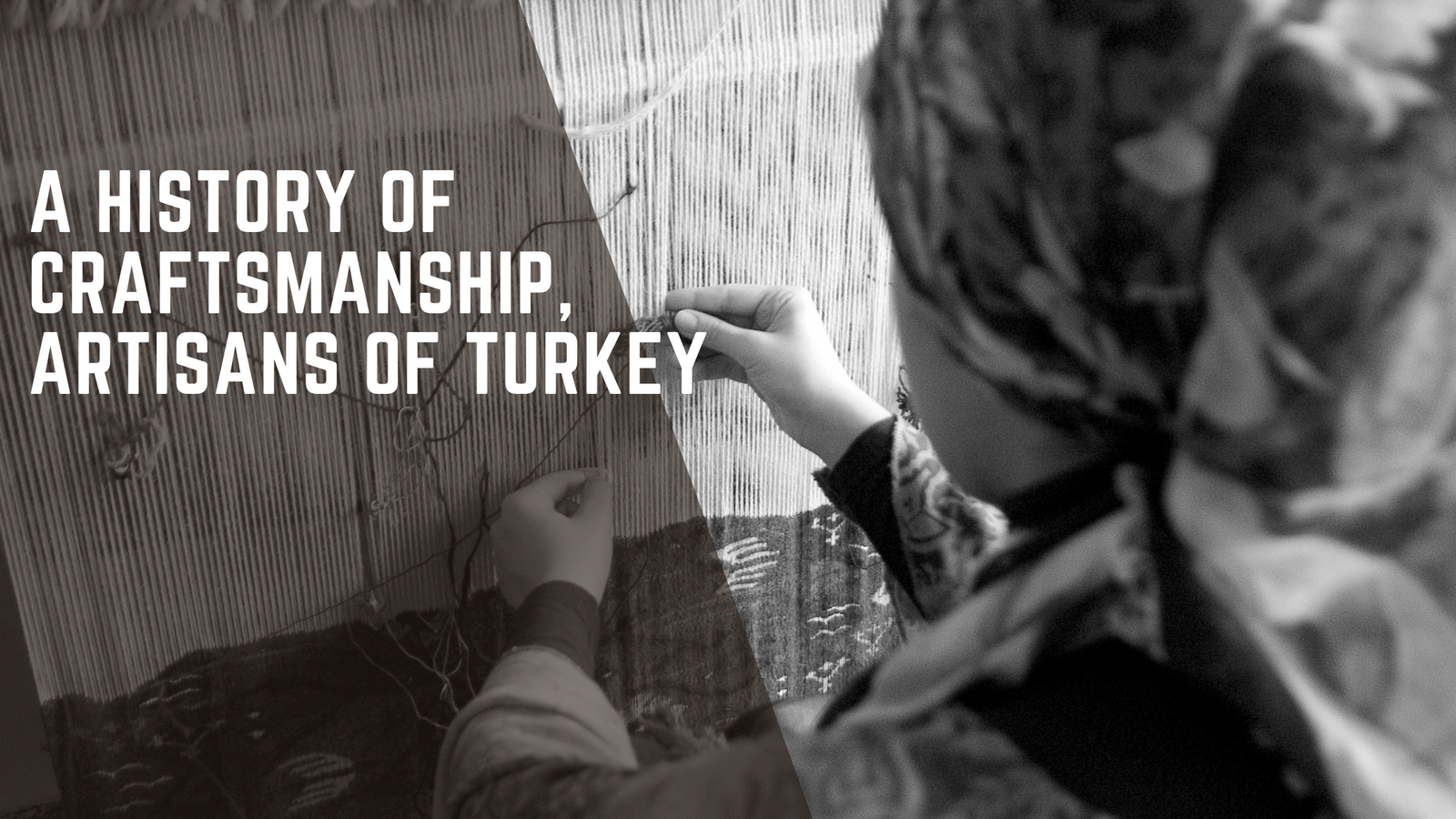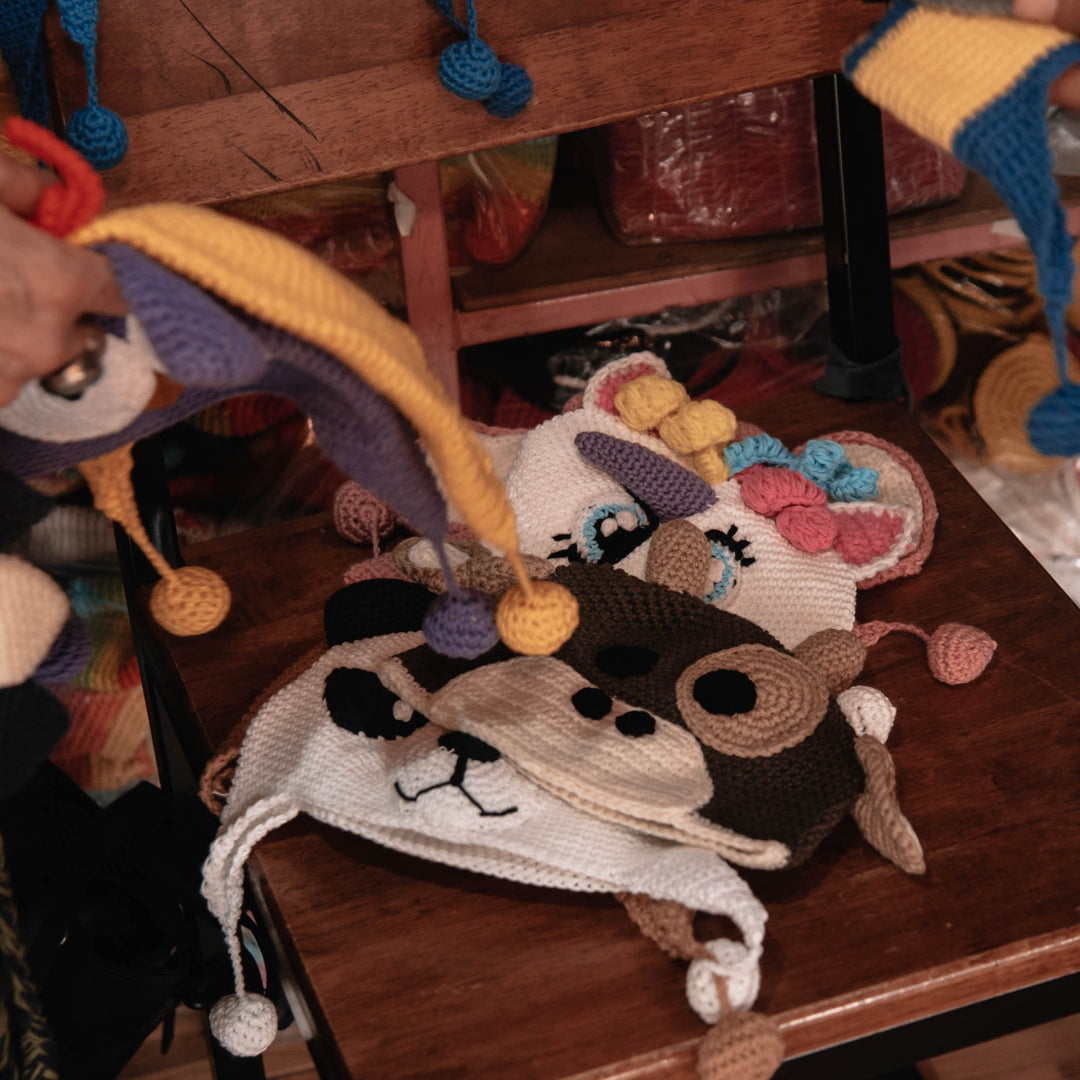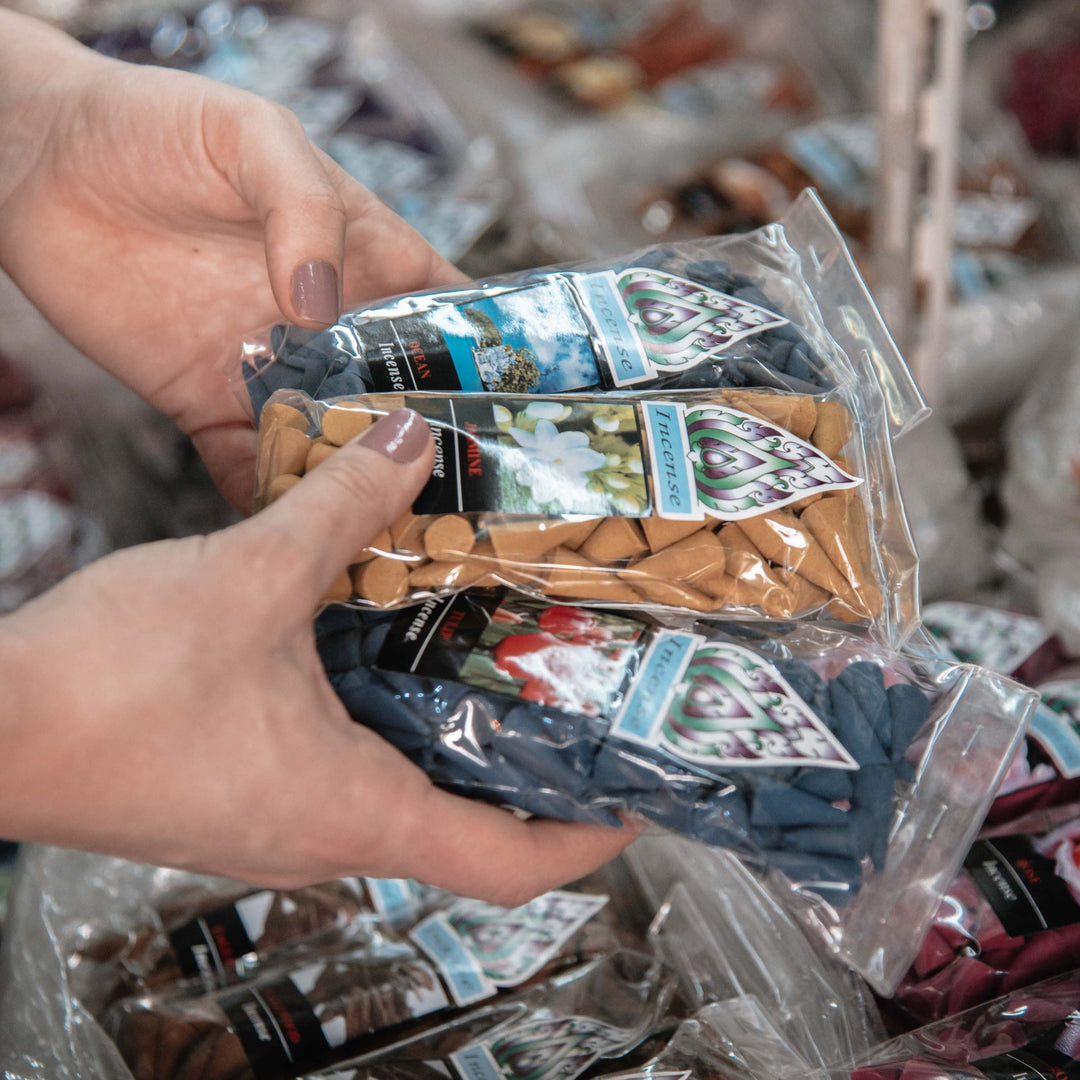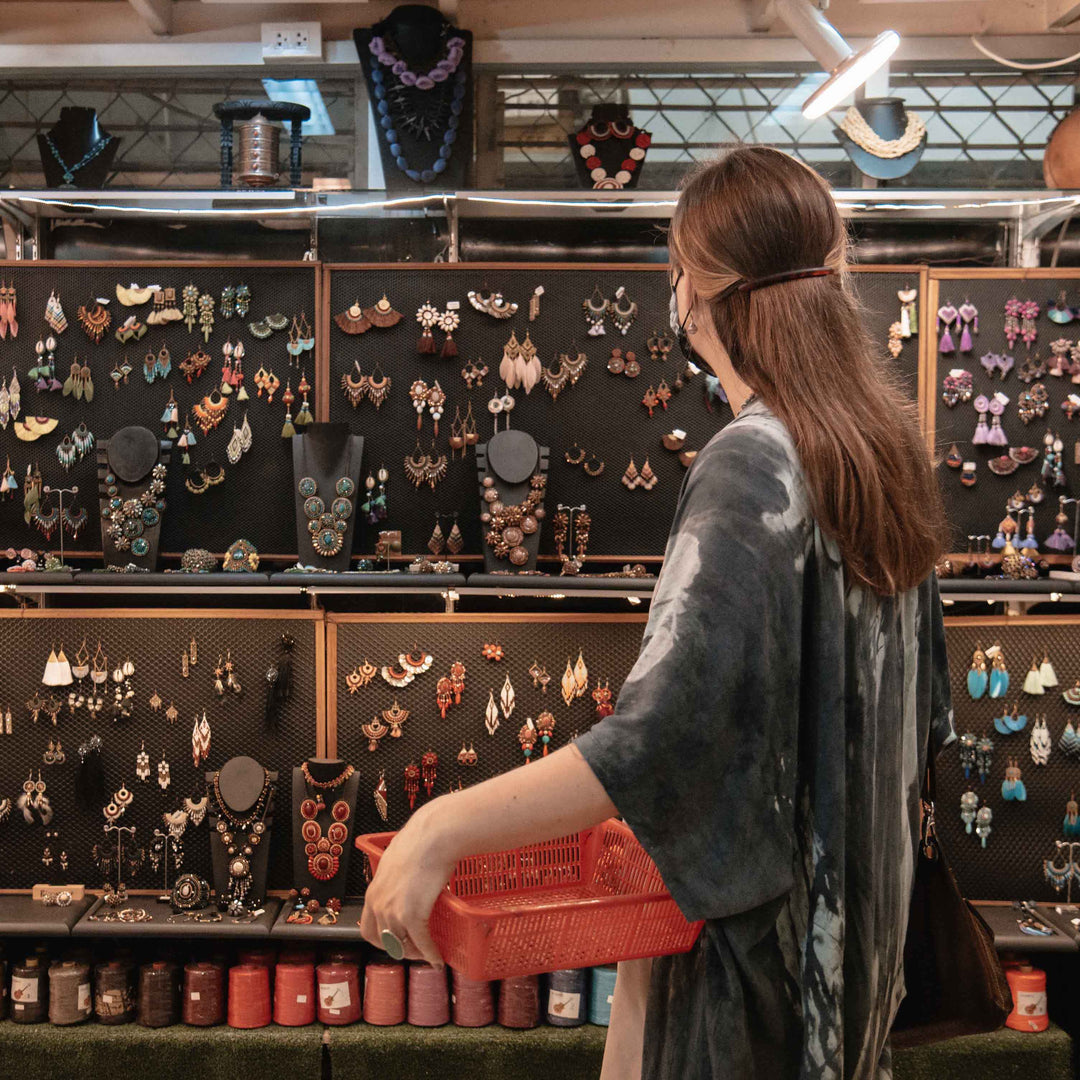A history of craftsmanship, Artisans of Turkey

A History of Craftsmanship, Artisans of Turkey!
Turkey’s rich history is reflected in its craftsmanship ranging from Turkish embroidery, tapestry, weaving, metalwork, to woodwork among others. Turkish crafts are reputed for being beautiful and evocative.
Below is a look at some traditional crafts practiced by early Turks and an overview of some of the most common Turkish crafts in the modern world.
Traditions Turkish Crafts
Stonework
Stonework was a major part of the Anatolians craftsmanship. They focused on architectural stonework as well as decorative stonework on architectural interiors and exteriors.
The most common traditional Turkish stonework motifs included inlaid work, low-high embossed animal figures, human figures, geometry plaits, and plant figures. They also applied techniques such as relief, carving, and inscription on gravestones.
Woodwork
Woodwork technology was advancing greatly during the Anatolian Seljuk period extending into the Beylic and Ottoman periods. The early Turkish societies used it mainly for architectural purposes rather than for decorative purposes. Walnut, pear, cedar, rosewood, and ebony were among the most commonly used trees for woodwork.
Later on, ornamenting techniques such as painting, embossed carvings, lattice, and inlay were employed for aesthetics. Some of the highest-quality woodworking techniques were applied to mosque doors and niches.
In the 19th century, walking sticks became popular and woodwork expanded to making cane sticks. Production of cane sticks continues to this day in some provinces, e.g., Istanbul, Ordu, Bitlis, and Bursa, among others. The sticks are made of rose or bamboo wood, while the handles are made with bone, gold, silver, or nacre.
Metalwork
Copper was the most commonly used metal. It was mainly used for ornamenting, making utensils, and doors. Different techniques were used to make various products, including tinning, casting, kazima, scraping, and savaklama.
During the Bronze age, they made bronze by mixing copper and tin and used it to make various items. They also worked with other metals on a smaller scale, including brass, iron, gold, and silver.
Copper continues to be used in modern Turkish crafts to make kitchen utensils through the tinning technique.
Other Traditional Turkish crafts
The Turks were also involved in weaving, embroidery, basket-making, pottery and ceramics, knife-making, tile-making, and leatherwork.
Most Famous Modern Turkish Crafts
Carpet Weaving
Turkey is famous for its tapestries and rugs. Their high-quality carpets can be found in many homes across the world. They vary in designs, including Avano carpets, Bunyan carpets, Turkmen tapestries, Mila carpets, and Hereke’s silk. The carpets are rich in mosaic that brings out the cultural heritage of Turkey.
Although carpet weaving was traditionally done by hand, many artisans now use machines to meet the high demands for carpets. You will find these rugs and carpets in malls and craft stores across the country. You can also find them in online stores.
Pottery
Pottery has been a part of the Anatolians for many centuries. Clay was and continues to be readily available in different parts of the country. They make ceramics such as utensils and tiles for sale throughout Turkey and across the globe. They employ the Iznik and Kutahya techniques with the products heavily decorated with different patterns.
We are proud to carry beautiful Turkish handicrafts. Browse our collection of here.









